Dr. Barry Weintraub
Redefining Cosmetic Surgery
When board-certified plastic surgeon Dr. Barry Weintraub enters his Upper East Side office, it might be to perform a rhinoplasty on a teen, a revision rhinoplasty on a patient who had surgery elsewhere, a scarless gynecomastia removal on a tech wiz, or a facelift, neck lift, or eye lift on a socialite, business executive, real-estate tycoon, actor, CEO, or art dealer.
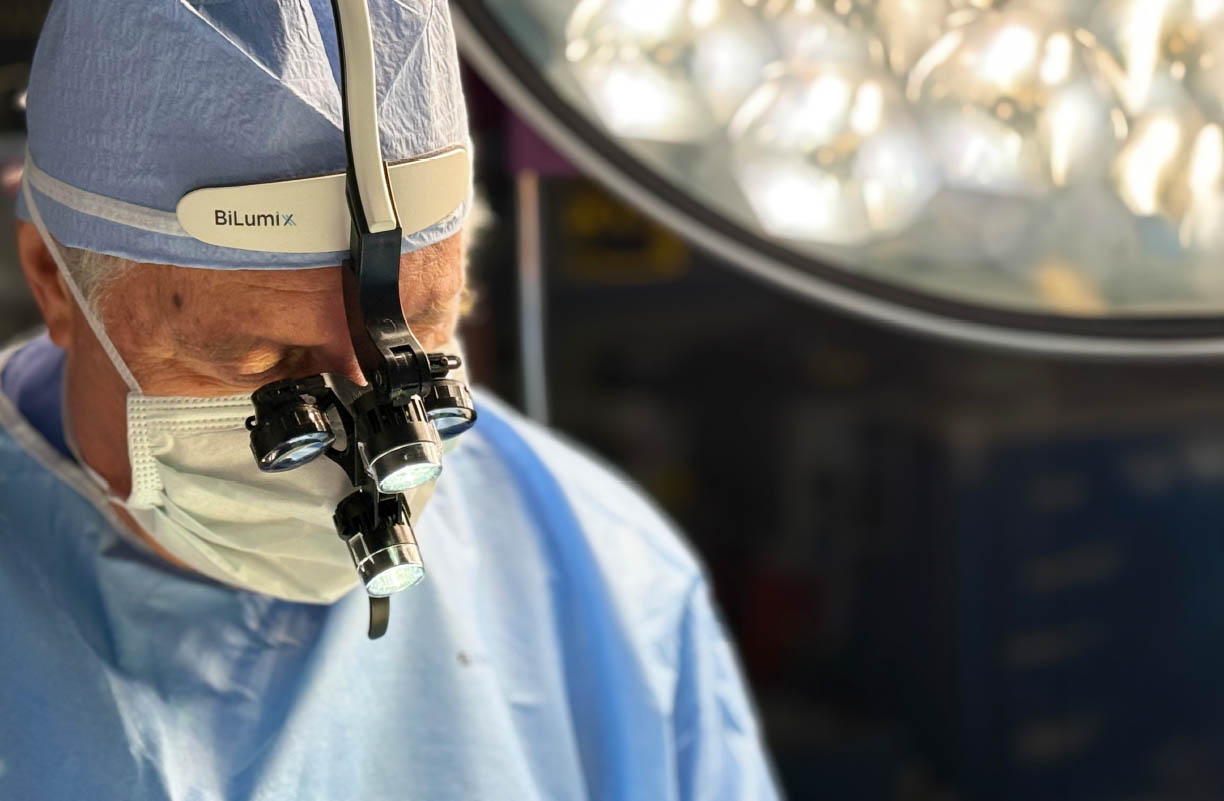
Often, Dr. Weintraub is greeted with a bouquet of flowers, a bottle of fine wine, a package from Hermès, or a handwritten note thanking him—because nothing in his practice is rushed or industrial. Patients appreciate him for his steadfast and unwavering care. As one patient put it: “Thank you and your entire team for the personalized attention—the opposite of the transactional experiences I’ve had elsewhere.”
On new-patient consultation days, prospective patients meet with Dr. Weintraub for an hour-long session during which they are encouraged to ask as many questions as they like in an unrushed manner. “Surgery will change the way someone looks for the rest of their life. It is not a race. It should be taken very seriously. I want their final result to be outstanding,” says Dr. Weintraub.
No matter what the day brings, Dr. Weintraub is driven by one thing: providing the highest quality of unhurried, personalized care to deliver sophisticated, natural-looking outcomes. “I was trained at Cornell during a time when surgery was considered sacred. One of the principal tenets I adopted is the belief that every patient is an individual with specific desires and aesthetic needs. Even though I have performed thousands of rhinoplasties and facelifts, no two patients possess the same configuration, and the end result will be with them forever. Mediocrity or indifference have no place in such situations.”
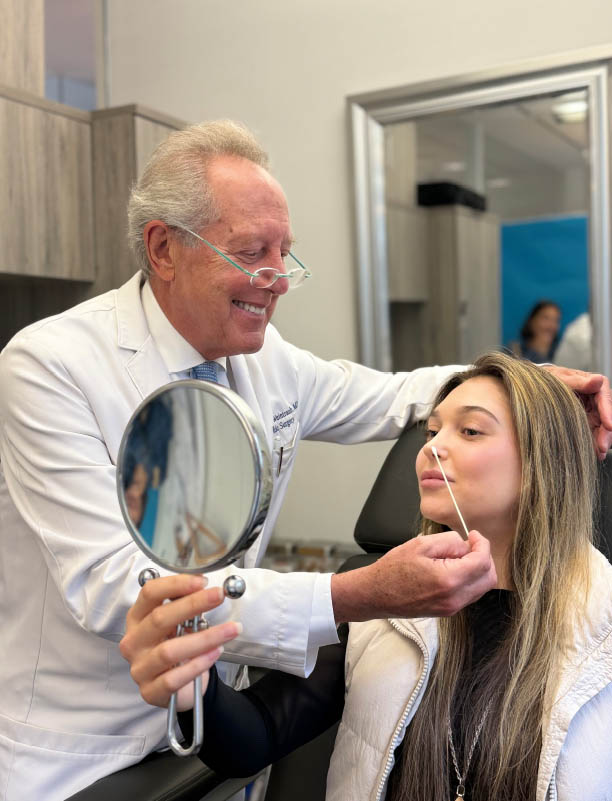
This belief manifests in Dr. Weintraub’s practice, which is the opposite of a factory. His humility, warmth, and kind nature instantly put patients at ease. When a patient effusively thanks him for creating the nose she’s always wanted, he is almost self-deprecating, humorously replying: “Awww, thanks. You must have caught me on a good day.” His humbleness belies his skill and notoriety.
Dr. Weintraub’s philosophy has always been “less is more.” According to him, “Results should be conservative and understated with a keen eye toward natural attractiveness. If you can tell something was done, it wasn’t done well.”
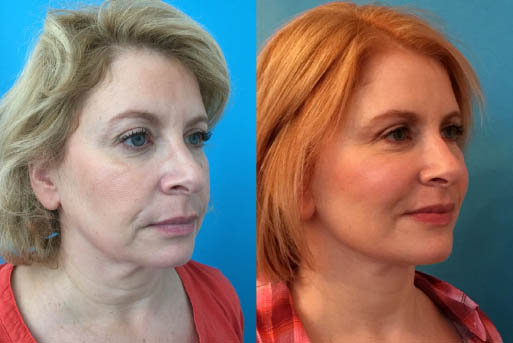
For example, in facelift surgery, he avoids the “pulled” or “distorted” look by gently suspending tissues, restoring volume with fat transplantation, and incorporating the Deep Plane, SMAS, and Subcutaneous approaches for maximum benefit in his Hybrid Facelift.
In rhinoplasty surgery, Dr. Weintraub doesn’t chase trends and discourages his patients from doing the same. “Fashion is something that changes, while natural attractiveness is always in style.” He explains that while all patients want to look better, each has dissimilar aesthetics. “One patient’s version of an attractive nose, for example, might not be another’s. This is why I insist patients bring photos of noses they like, as well as noses they absolutely hate. Rather than using words, we discuss images to ensure that I fully understand their vision of attractiveness through their own eyes, never forgetting that every patient is unique.”
He adds: “Their stories are unique as well.”
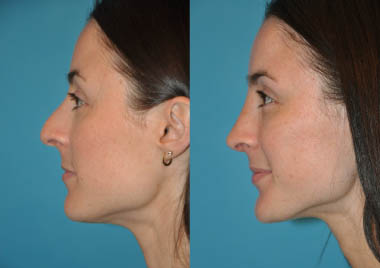
Take, for example, the teenage twins who underwent rhinoplasty. The boy was upset for a year because his sister qualified for surgery at age 14 (the minimum age for girls), while he had to wait until he was 15 (the minimum age for boys). “The poor kid remained self-conscious and teased for an additional year, while his sister blossomed due to the assuredness she gained from her surgical result.”
Another fascinating case involved a royal from the Middle East who had undergone four prior rhinoplasties. “The operating room was like an archaeological dig that day, because I found suture material and evidence of outdated techniques from five prior surgeries—none of which produced the harmonious, elegant result that my patient desired. I’m pleased to say that the fifth time was the charm!”
Often, patients seek surgery in anticipation of an important event, whether it be a parent whose child is getting married, an entrepreneur whose business is going public, a teen preparing for college, or someone already in the spotlight who wishes to maintain or improve their appearance.
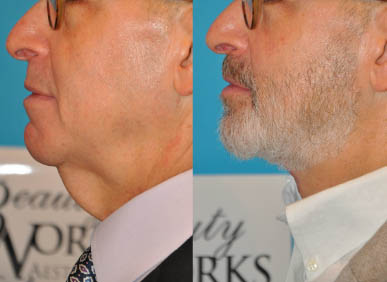
“There isn’t a moment during surgery when I don’t realize that every suture will mean something to my patient. In a sense, this responsibility could be overwhelming, but I balance it with the joy that results when patients thank me for restoring them to themselves. Those are the most beautiful words to hear: ‘Thank you, Dr. Weintraub, for giving me back myself.”
It is clear that the desire to help people drives Dr. Weintraub and his team. When asked to offer guidance to patients seeking consultations, he provided the following:
• Write down your questions before your consult to maximize your time with the surgeon.
• Don’t be afraid to ask further questions at the end of the consultation.
• If you feel rushed, you’re being rushed! Always state your needs. The surgeon should allow easy access for continued questions long after the consultation.
• No two surgeons perform surgery the same way. Don’t compare; instead, ensure you align with the surgeon’s aesthetic. Review before-and-after photos to confirm that the results match your vision.
• Ask about safety protocols. Will the procedure be performed in a licensed surgical facility?
• Verify that your plastic surgeon is board-certified. You can check here: www.abplasticsurgery.org
• Ask about medical testing. By law, only one blood test may be required, but Dr. Weintraub insists on an EKG, five blood tests, a urinalysis, a letter of medical clearance, and—for women—a pregnancy test. “Even when these results are sent to me, my head anesthesiologist must read every line to ensure nothing was overlooked. Only then do I consider a patient cleared for surgery. Nothing is as important as safety.”
• When will you learn the name of the anesthesiologist? If it’s not until the night before, the surgeon may use a contracted group. “In my office, I have anesthesiologists on staff who are known entities, thereby decreasing risk by ensuring you’re cared for by extremely experienced anesthesiologists I have approved and worked with for years.”
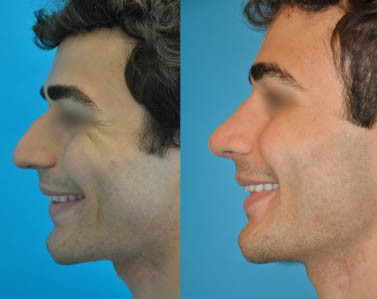
• Ask who to contact in an emergency: the surgeon, a PA, or a resident unfamiliar with your case? “In my practice, patients know they can reach me directly, 24/7.”
• Who will see you postoperatively? The surgeon, or only the nursing staff? “It’s called a medical practice for a reason: the more one operates and witnesses outcomes, the better one becomes,” says Dr. Weintraub.
Finally, Dr. Weintraub stresses what might sound simple but is critical: ask yourself if you feel comfortable, safe, and cared for. Were you greeted warmly? Do you feel the surgeon and team genuinely want the best for you? “Many of my revision rhinoplasty patients say, ‘I had a gut feeling it wasn’t right, but I went through with the surgery anyway.’ Don’t discount your own emotions.”
Ultimately, successful surgery requires finding a doctor who is experienced, highly skilled, compassionate, trustworthy, and aligned with your aesthetic goals.
Dr. Weintraub concludes: “I wish every patient the best of luck and remain available to answer any questions, whether you are my patient or not!”
For more information on Dr. Weintraub visit: drbarryweintraub.com





